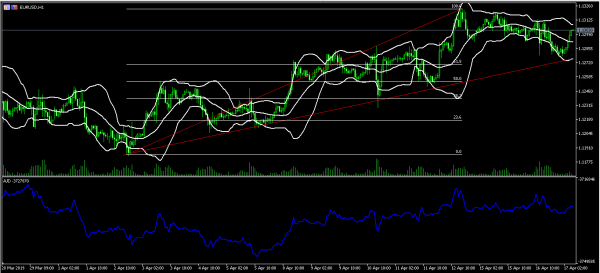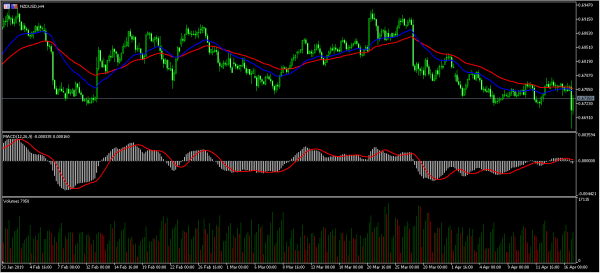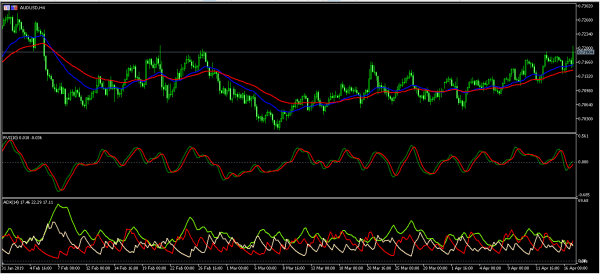The Australian dollar rose sharply after China released its first quarter economic data. The country’s economy increased by 6.4% in the quarter, topping the analysts forecasts of 6.3%. On a MoM basis, the country’s economy rose by 1.4%, which was in line with expectations. In addition, industrial production in March rose at an annual rate of 8.5%, which was higher than the expected 5.6%. In February, production rose by 5.3%. The unemployment rate declined to 5.2% from the previous 5.3% while the retail sales increased by 8.7%.
The New Zealand dollar declined in early trading. This happened after the country’s inflation numbers missed the consensus estimates. In the first quarter, the headline CPI rose by 1.5%, which was lower than the expected 1.7%. In the fourth quarter of last year, the prices had risen by 1.9%. On a QoQ basis, the CPI rose by 0.1%, which was lower than the expected 0.3%. The soft CPI data rises the likelihood that the RBNZ could cut rates later this year.
The Japanese yen strengthened slightly against the USD after the country released upbeat economic numbers. In March, the country’s exports contracted by 2.4%. This decline was slightly lower than the expected decline of 2.7%. Imports increased by 1.1%, which was smaller than the expected 2.6%. This combination led to a lower trade surplus to jump to 529 billion yen, topping the consensus estimate of 372 billion yen. Later today, traders will receive the inflation numbers from the United Kingdom, European Union, and Canada. They will also receive the crude oil inventories from the EIA.
AUD/USD
Yesterday, the AUD/USD pair declined sharply after dovish minutes from the RBA. In the afternoon session, the pair rose after investors digested the report and its findings. Today, it continued moving upwards because of the impressive economic data from China. It reached a high of 0.7205, which is the highest level since February 19. On the four-hour chart, the pair has been on an upward trend since March 8. The price is above the 25-day and 50-day moving averages. The Relative Vigor Index (RVI) has started moving upwards while the ADX has moved lower to the current level of 17. The pair will likely be moving upwards to test the next resistance of 0.7220.
EUR/USD
The EUR/USD pair moved slightly higher today, to reach a high of 1.1305. This is the highest level since Monday this week. The price is above the 61.8% Fibonacci Retracement level, which is close to the upper line of the Bollinger Bonds. The Accumulation and Distribution indicator has continued moving upwards. The pair will likely continue moving upwards to test the previous high of 1.1320.
NZD/USD
The NZD/USD pair declined sharply after disappointing inflation numbers from New Zealand. The pair reached an intraday low of 0.6665, which was the lowest level since January. The pair then pared some of those losses and is currently trading at 0.6735. On the four-hour chart, this price is lower than the 25-day and 50-day moving averages. The MACD has been relatively unmoved while volumes have moved up slightly. The pair will likely resume the downward trend as inflation worries continue.












